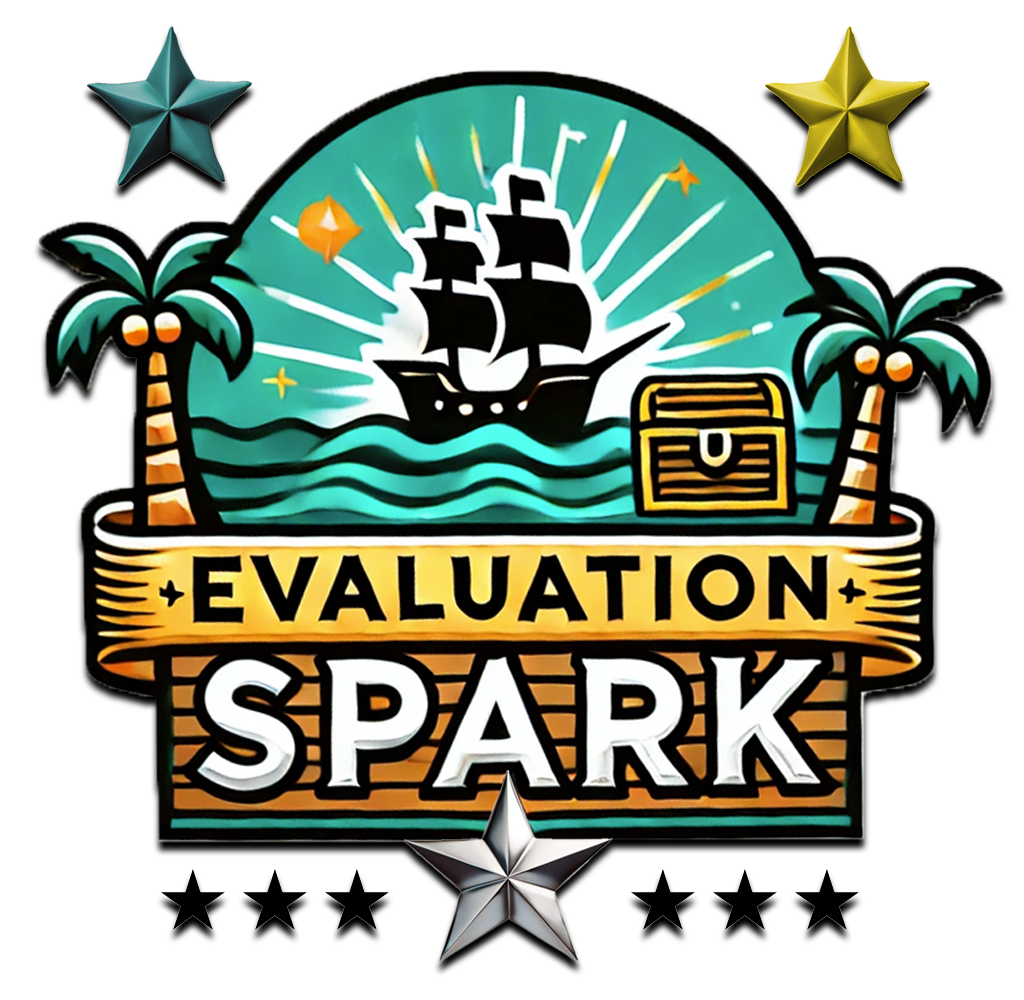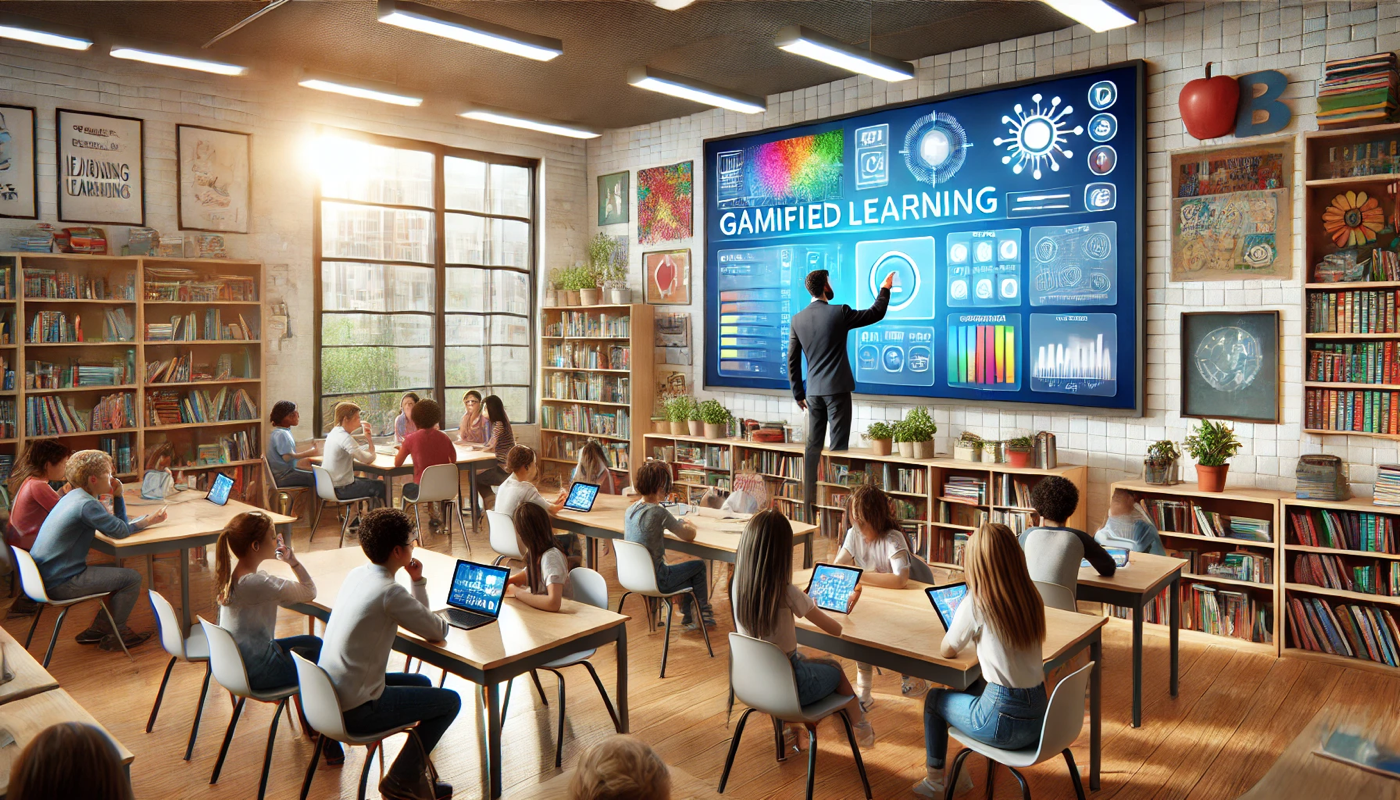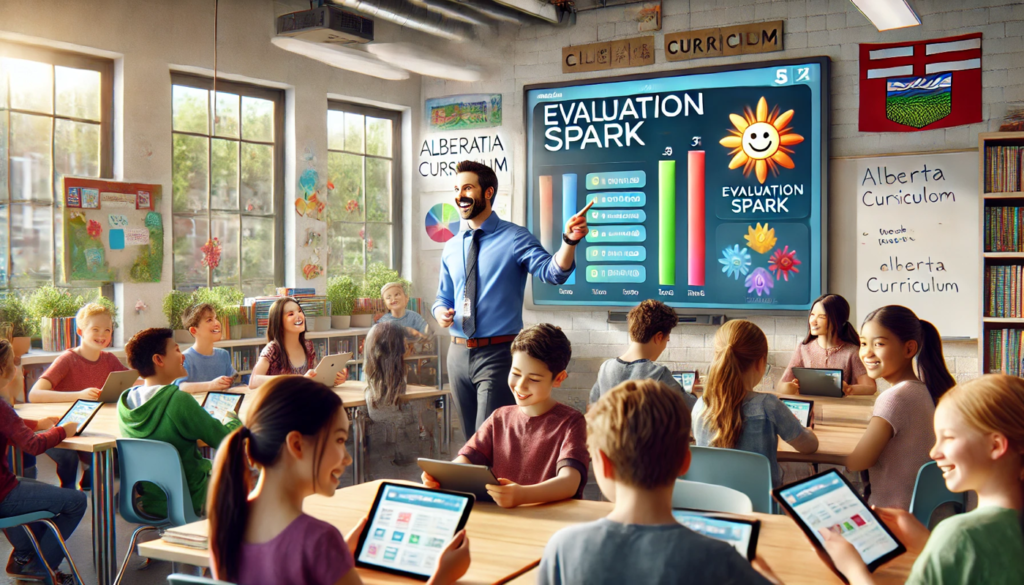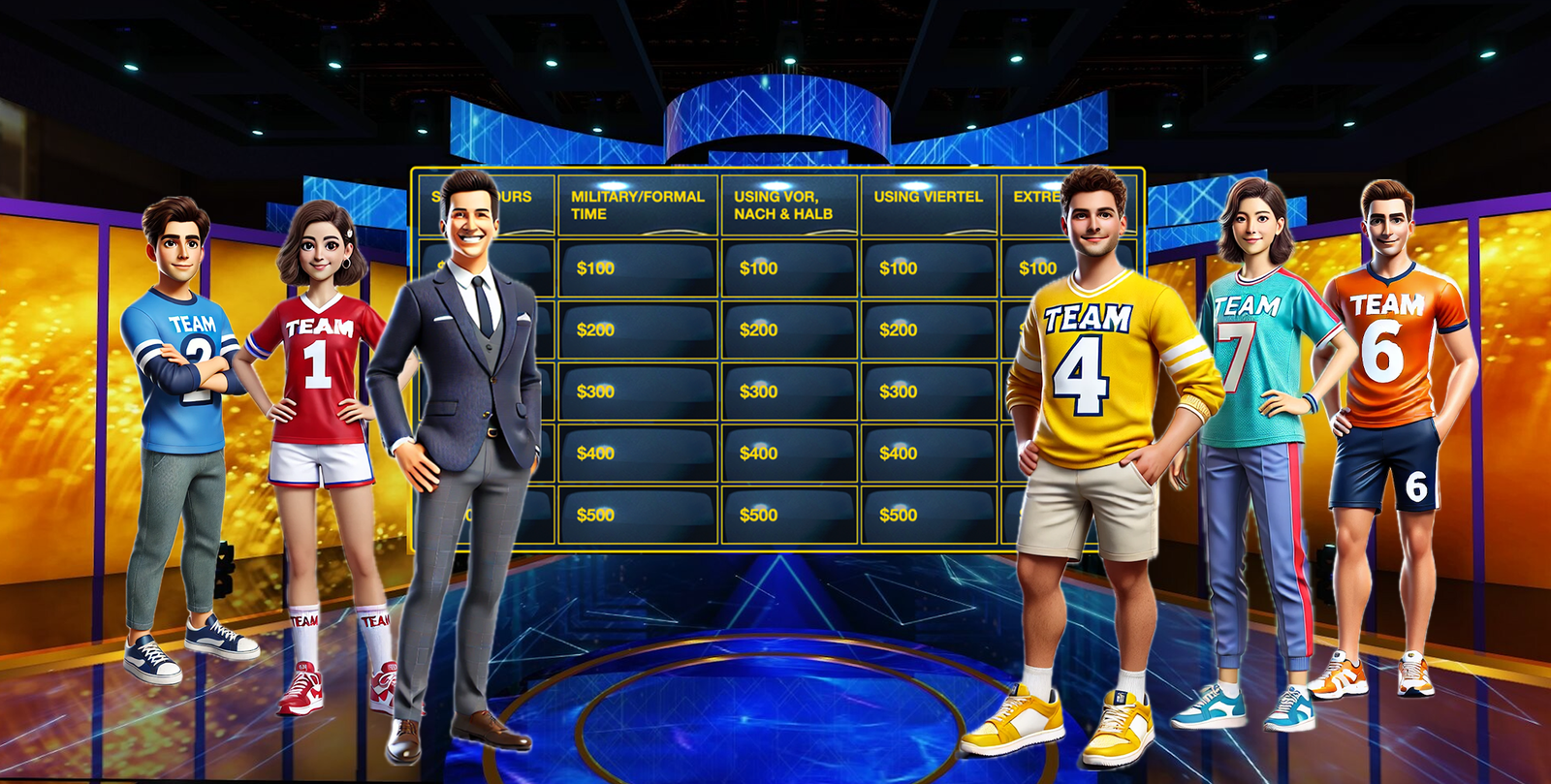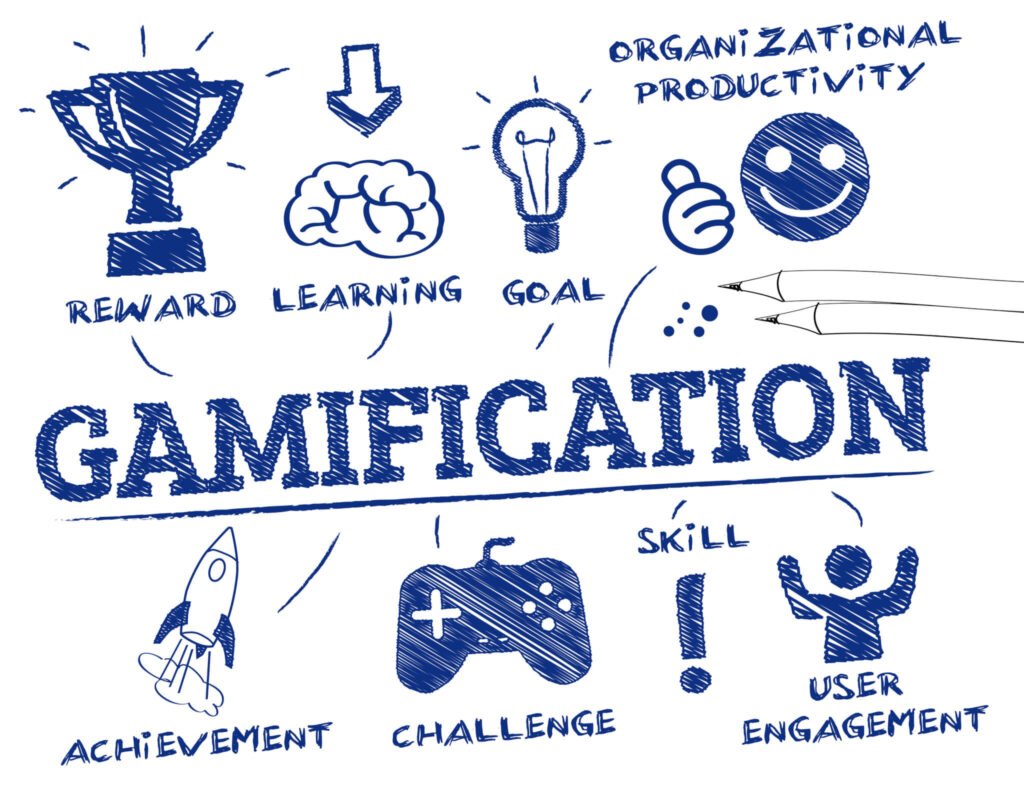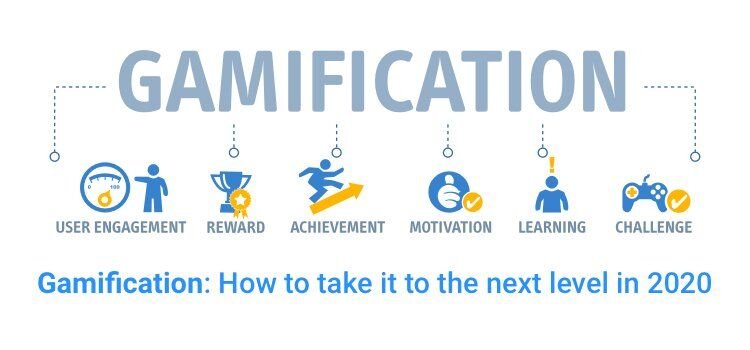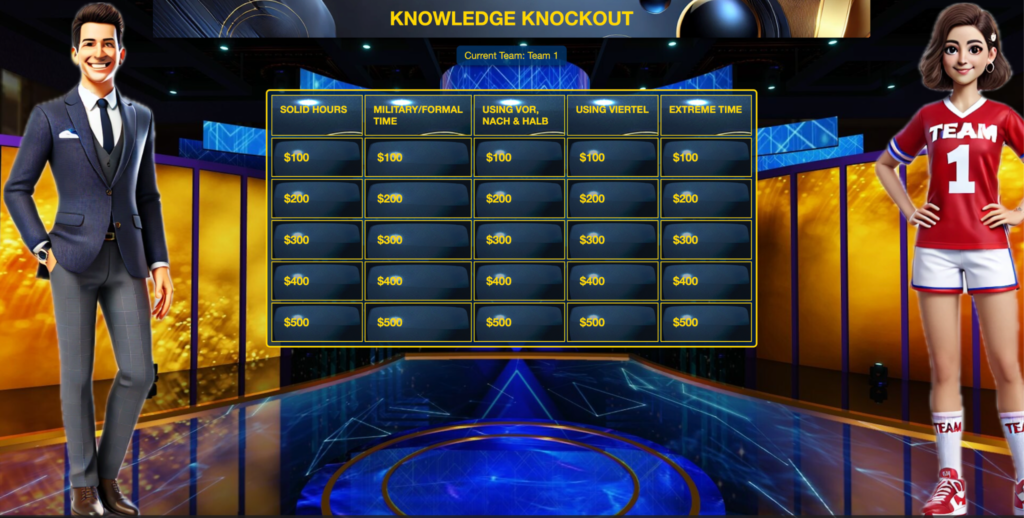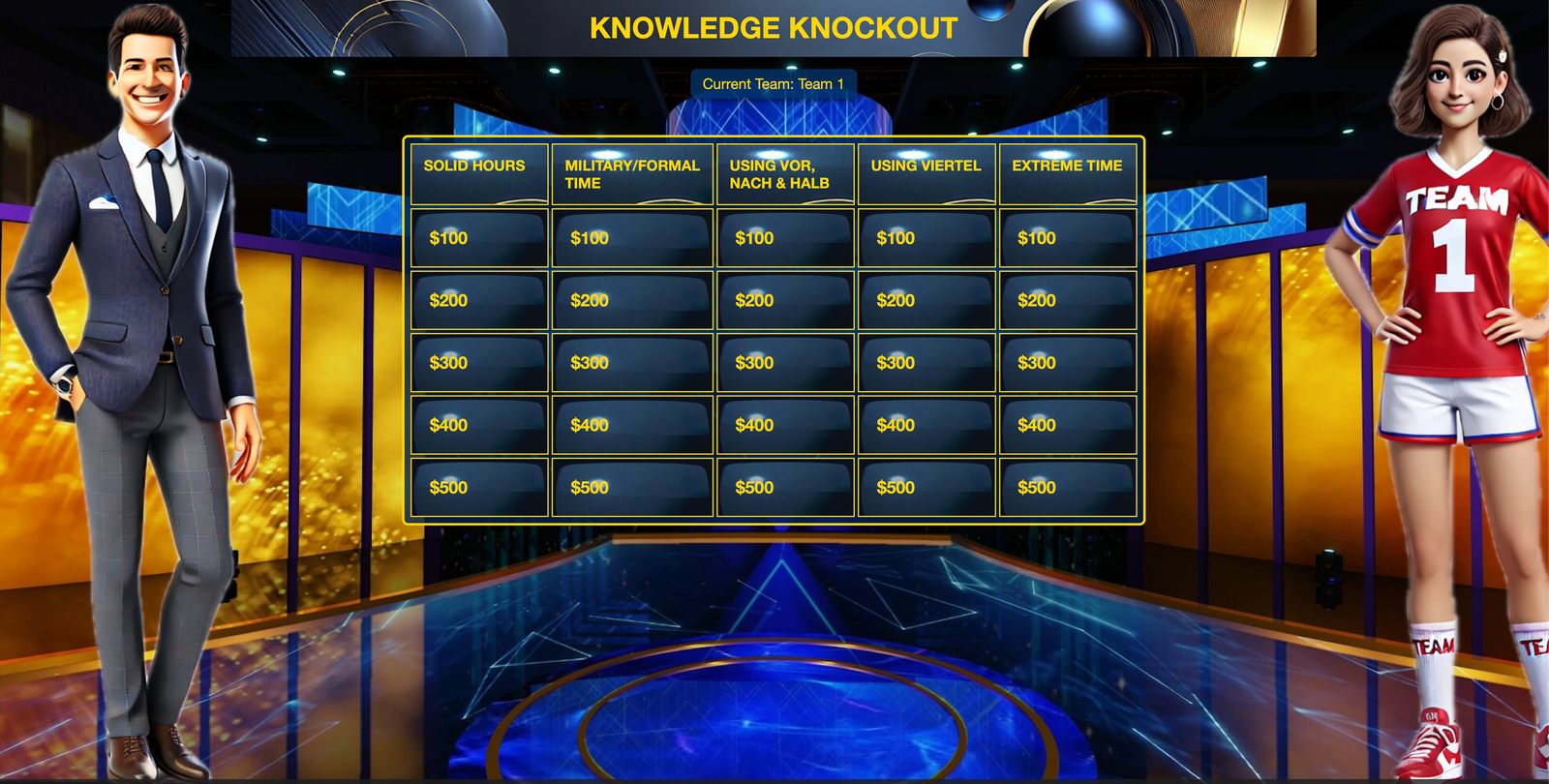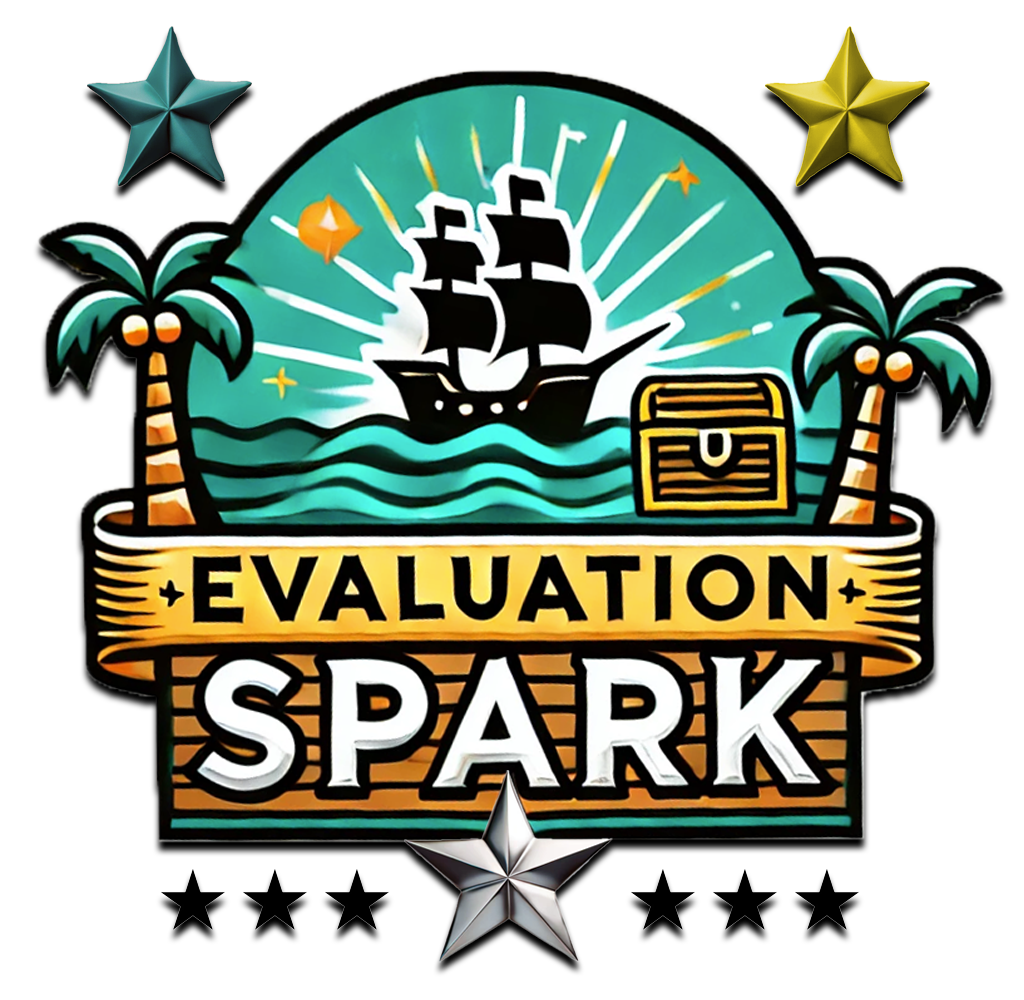Exploring Innovative Interactive Activities for Enhanced Learning
Introduction to Interactive Activities
In recent years, the educational landscape has witnessed a significant transformation with the integration of interactive activities into learning environments. This shift is largely attributed to the growing recognition of the importance of engagement in the educational process. Platforms like EvaluationSpark.com exemplify this evolution by providing innovative tools designed to enhance student participation and interaction. Traditional teaching methodologies often prioritize passive learning, where students absorb information without actively participating. In contrast, interactive activities encourage students to engage with the material in a more dynamic manner, enhancing their overall learning experience.
Interactive activities are designed to foster participation and collaboration among students, significantly contributing to knowledge retention and a deeper understanding of the subject matter. Platforms such as Evaluation Spark enable educators to integrate gamified learning experiences, hands-on exercises, group discussions, and digital tools. These approaches cater to varied learning styles, ensuring that all students benefit from the instructional material. This methodology not only motivates learners but also cultivates critical thinking and problem-solving skills, which are essential in today’s fast-paced world.
Moreover, the use of innovative interactive tools—such as educational games, simulations, and interactive multimedia—has proven effective in creating immersive learning experiences. By leveraging technology, educators can develop environments that resonate with digital-native students, making lessons more relevant and impactful. Platforms like Evaluation Spark play a pivotal role in this transformation by offering customizable tools that adapt to both in-class and online learning needs.
As we explore the spectrum of innovative interactive activities, it is evident that they play a crucial role in transforming traditional educational methodologies. The focus on active learning fosters an atmosphere where students are not merely recipients of information, but rather active participants in their educational journeys. The subsequent sections will delve deeper into various interactive tools and activities that can be implemented to realize these educational benefits fully.

Professionals engage in a collaborative training session, navigating decision-making branching scenarios.
Diverse Tools for Interactive Learning
In the pursuit of enhanced engagement and deeper understanding among learners, a variety of interactive tools have emerged that cater to diverse educational needs. Platforms like EvaluationSpark.com have been at the forefront of this transformation, offering educators innovative solutions for creating engaging and interactive learning environments. These tools not only facilitate knowledge acquisition but also promote collaboration, creativity, and critical thinking.
One notable example is interactive videos, which augment traditional video content with features that allow learners to participate actively. By including clickable elements, quizzes, and hotspots within videos, educators can create a more immersive experience. This modality proves particularly beneficial in subjects like science, where visualizations can significantly improve comprehension of complex concepts. Evaluation Spark enables educators to seamlessly integrate such content into their curriculum, ensuring students remain actively engaged.
Branching scenarios are another innovative tool that encourages decision-making in realistic contexts. This format enables learners to navigate through different paths based on their choices, effectively simulating real-life situations. Platforms like Evaluation Spark provide customizable templates for branching scenarios, making it easy for educators to create content tailored to specific learning objectives. These scenarios are especially useful in training environments, such as healthcare or corporate settings, where learners can develop problem-solving skills and learn from mistakes in a risk-free environment.
Multimedia quizzes represent yet another engaging tool for interactive learning. Unlike standard assessments, these quizzes can incorporate images, audio, and video, making the evaluation process more dynamic. This interactive approach not only increases learner motivation but also caters to various learning preferences, making it inclusive for all types of students. Additionally, Evaluation Spark allows educators to build these quizzes with ease, offering instant feedback to enhance learning by addressing misconceptions promptly.
Through the integration of these diverse interactive tools, educators can significantly enrich the learning experience, fostering a dynamic environment that supports various learning styles and encourages active participation. Platforms like Evaluation Spark are essential in making this transformation accessible, providing educators with the resources they need to deliver impactful and engaging lessons.
Implementing Interactive Activities in Educational Settings
Interactive activities have gained prominence in educational settings, offering a dynamic approach to engage students in both physical classrooms and online courses. Platforms like EvaluationSpark.com have become integral in supporting educators to seamlessly integrate interactive components into their curriculum, enhancing student participation and collaboration.
A key strategy involves utilizing digital tools such as interactive presentations, which can transform traditional lectures into immersive learning experiences. These presentations allow students to contribute in real time through features like polls and Q&A sessions. By incorporating such tools available on platforms like Evaluation Spark, educators can foster a more inclusive and engaging classroom environment.
Moreover, gamification is a highly effective method for boosting critical thinking and problem-solving skills. Educational games, such as those available through Evaluation Spark, provide students with opportunities to compete and collaborate in a fun, low-pressure setting. These games are especially beneficial for younger learners who may struggle with conventional teaching methods, as they turn learning into an enjoyable and motivating activity.
Quizzes also serve as invaluable tools for assessing understanding and providing instant feedback. Platforms like Evaluation Spark allow educators to implement formative assessments that check knowledge retention while identifying areas where students may need additional support. The interactive nature of these quizzes fosters a trial-and-error learning process, reinforcing concepts and keeping students actively engaged with the material.
While the benefits of interactive activities are clear, successful implementation requires addressing potential challenges. Factors such as varying levels of technological proficiency and accessibility among students must be considered. Platforms like Evaluation Spark provide resources and support to bridge these gaps, ensuring all learners can participate fully. Additionally, establishing clear guidelines and objectives for interactive sessions helps maintain a focused and productive learning environment.
Best practices for integrating interactive activities include encouraging collaboration, utilizing diverse methods to cater to different learning styles, and regularly evaluating the effectiveness of these activities. By leveraging platforms like Evaluation Spark, educators can create an inclusive atmosphere that promotes active learning and fosters deeper understanding of the material. Interactive activities are no longer just an enhancement to traditional education—they are an essential component of modern teaching strategies.
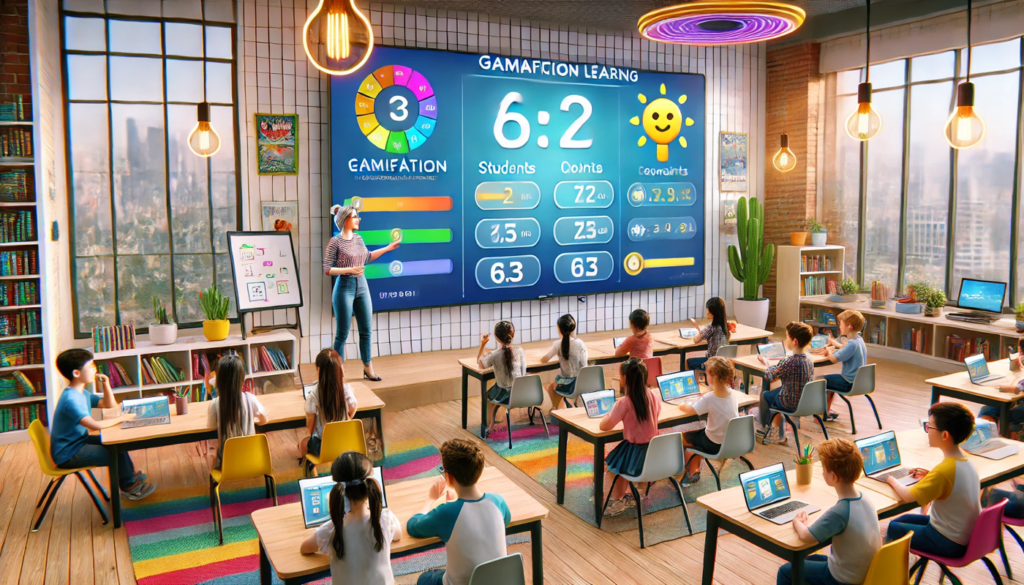
Students explore educational content through augmented reality, guided by a teacher in a futuristic classroom.
Future Trends in Interactive Education
The landscape of interactive education is continuously evolving, driven by advancements in technology and innovative pedagogical approaches. Platforms like EvaluationSpark.com are at the forefront of this evolution, offering tools that align with emerging trends to reshape educational experiences and enhance engagement among learners.
One significant trend is the incorporation of augmented reality (AR) into educational settings. AR technologies allow students to interact with digital content superimposed on the real world, creating immersive learning experiences. Through AR, educators can transform traditional lessons into interactive sessions that deepen understanding of complex subjects and improve student motivation. Platforms like Evaluation Spark are exploring ways to integrate AR-friendly content, providing educators with opportunities to engage students in ways that were previously unimaginable.
Gamification continues to be a driving force in interactive education, utilizing game-like elements to boost engagement and make learning enjoyable. By integrating points systems, competition, and rewards, gamification fosters a sense of achievement while encouraging students to take an active role in their education. Evaluation Spark exemplifies this trend by offering customizable gamified learning tools that cater to diverse learning styles and preferences. These tools cultivate essential skills such as collaboration, problem-solving, and critical thinking in a dynamic environment.
Artificial intelligence (AI) is another transformative trend poised to revolutionize interactive education. AI-powered tools analyze individual learning patterns, providing personalized recommendations and adaptive learning pathways. This level of customization ensures that each student receives the support they need to thrive academically. Platforms like Evaluation Spark are leveraging AI to offer personalized question banks and interactive assessments, making the learning process more efficient and effective for educators and students alike.
In conclusion, the future of interactive education is bright, fueled by innovations like augmented reality, gamification, and artificial intelligence. Platforms like Evaluation Spark are leading the way, equipping educators with the tools necessary to create richer, more engaging learning environments. As these trends continue to develop, they promise to transform the way knowledge is imparted and absorbed, ensuring that education remains relevant and impactful in an ever-changing world.
